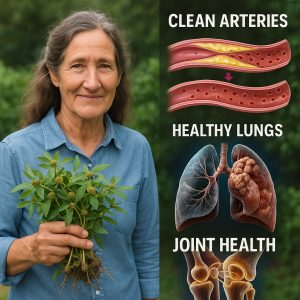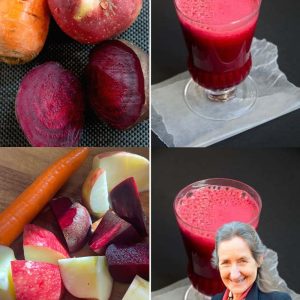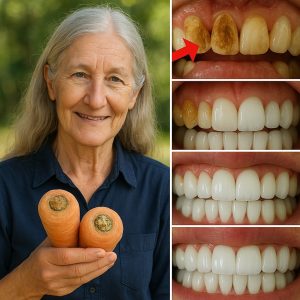A Hidden Gem in Your Garden
Purslane, often dismissed as a common weed, is actually a nutritional powerhouse. Found growing in gardens, sidewalks, and lawns, this succulent green is rich in essential nutrients like omega-3 fatty acids, vitamin A, vitamin C, magnesium, and potassium. Its slightly tangy and lemony flavor makes it a refreshing addition to salads, soups, or even smoothies. For seniors looking to enhance their diet naturally, purslane offers an easy and affordable way to boost health.
Heart and Brain Health for Aging Adults
One of the most remarkable benefits of purslane is its high content of alpha-linolenic acid, a plant-based omega-3 fatty acid known to support heart and brain health. This is especially important for seniors, as the risk of cardiovascular disease and cognitive decline increases with age. Including purslane in your meals a few times a week may help lower blood pressure, improve circulation, and support sharper memory and focus.
Anti-Inflammatory and Immune-Boosting Properties
Purslane also boasts powerful antioxidants, including glutathione and betalain pigments, which help combat oxidative stress and reduce inflammation — common issues in aging bodies. Its immune-boosting properties can assist in warding off common illnesses, making it an ideal food for maintaining overall vitality. Seniors with arthritis or joint pain may notice reduced symptoms when anti-inflammatory foods like purslane become a regular part of their diet.
Easy to Grow, Easy to Use
Best of all, purslane is incredibly easy to grow and maintain. It thrives in poor soil and warm weather, making it accessible even for beginner gardeners or those with limited space. You can harvest it fresh from your yard or local farmers’ markets and enjoy it raw or cooked. Seniors looking to adopt a more natural, plant-based lifestyle will find that adding purslane to their plate is both beneficial and delicious.


